Smartproxy API integration offers a seamless way to incorporate their powerful proxy network into your applications and systems. But before diving into the integration process, it’s essential to understand what an API is and how it works.
An API, short for Application Programming Interface, is a set of rules and protocols that allows different software applications to communicate and interact with each other. It acts as a bridge, enabling the sharing of data and functionality between different systems.
To comprehend how an API works, you need to think of it as a waiter at a restaurant. The waiter takes your order, communicates it to the kitchen, and brings your food back to you. In the same way, an API serves as an intermediary between your application and Smartproxy services. It handles your requests, performs the necessary actions, and sends back the relevant data or response.
Integrating Smartproxy API offers several benefits. Firstly, it allows you to leverage their extensive proxy network, providing you with access to millions of IPs from various locations. This enables you to bypass geolocation restrictions and ensures anonymity while browsing or accessing web resources.
The integration process begins by getting started with Smartproxy API. This involves creating an API key, which serves as a unique identifier for your account and authorizes your API requests. Authenticating API requests is crucial to ensure the security and validity of your interactions with Smartproxy’s API.
Once you are familiar with the basics, you can explore the various use cases for . It finds applications in web scraping, where you can extract data from websites, data mining tasks to gather and analyze information, and ad verification to ensure the quality and accuracy of online advertisements.
To implement, it’s essential to choose the right API endpoint based on your specific use case. You also need to format your API requests correctly, following the guidelines provided by Smartproxy’s documentation.
To ensure a smooth integration, it’s recommended to follow best practices. Rate limiting helps you manage the number of API requests to avoid overwhelming the system. Error handling procedures should be in place to handle any unexpected issues or errors that may arise during API integration.
By understanding the fundamentals of, creating a secure API key, exploring use cases, implementing the API correctly, and following best practices, you can unlock the full potential of their proxy network in your applications and systems.
Key takeaways:
- APIs enable seamless integration: Smartproxy API allows for easy integration of their services into various applications and systems, providing access to their proxy network with minimal effort.
- Wide range of use cases: Smartproxy API can be utilized for web scraping, data mining, and ad verification, among many other common use cases, offering flexibility and versatility in handling different tasks.
- Importance of best practices: To ensure successful and efficient integration, it is crucial to follow best practices such as implementing rate limiting and proper error handling when using Smartproxy API.
What is an API?
An API, also known as an Application Programming Interface, is essentially a set of rules that enable software applications to communicate with each other. It acts as a bridge, facilitating the exchange of data and functionality between different systems in a standardized manner. APIs play a crucial role in software development as they allow for the retrieval of information from remote servers, the sending of requests, and the execution of specific actions. By defining how various components of software systems should interact, APIs greatly simplify the development and maintenance of complex applications.
How Does an API Work?
How Does an API (Application Programming Interface) Work?
An API functions as a bridge between different software applications, enabling them to communicate and exchange data. It facilitates access to the required data by interpreting user requests and retrieving the requested information. Once the data is obtained, the API sends it back to the user in a format that can be easily understood by the application. This seamless data transfer involves the implementation of specific protocols and rules. Acting as a messenger, an API ensures the effective collaboration of various software systems.
Why Integrate Smartproxy API?
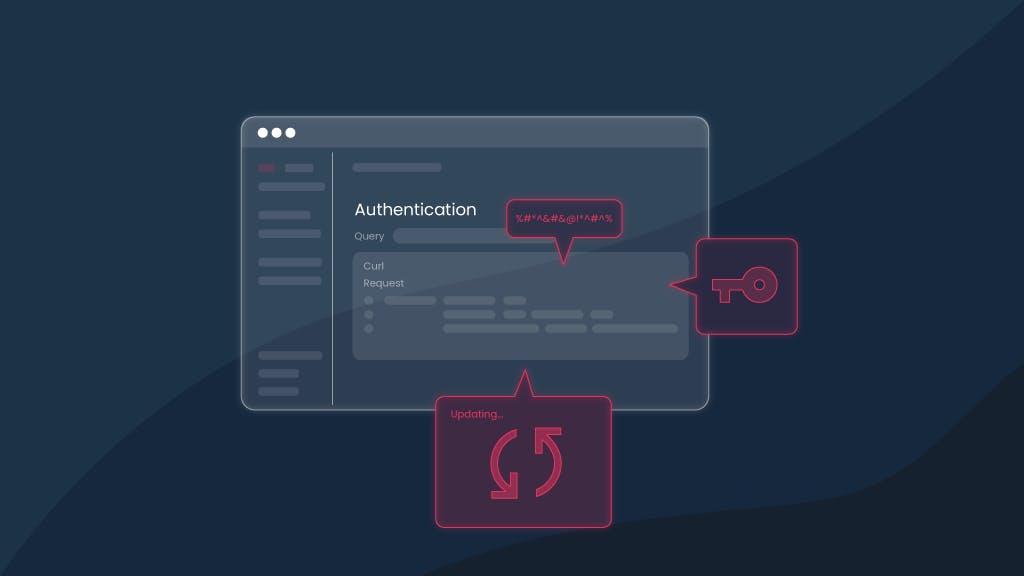

Integrating Smartproxy API can bring numerous benefits to businesses in achieving their goal of secure and efficient online operations. Why integrate Smartproxy API? Here are a few reasons:
- Data Security: Smartproxy API provides encrypted proxy connections, ensuring the confidentiality of sensitive information.
- Scalability: With Smartproxy API, businesses can easily scale their proxy usage based on their needs, allowing them to handle increasing traffic or data requirements.
- Enhanced Performance: By integrating Smartproxy API, businesses can improve their website or application performance by accessing a large pool of high-speed proxies around the world.
- Anonymity: Smartproxy’s API allows businesses to establish anonymous connections, enabling them to protect their online identity and conduct market research or competitor analysis without detection.
A leading e-commerce company saw a considerable boost in its sales after integrating Smartproxy API. By leveraging Smartproxy’s large pool of proxies, they were able to automate their pricing strategy across different regions, ensuring they remained competitive without detection from competitors. This resulted in improved market reach, increased customer engagement, and higher revenue.
Getting Started with Smartproxy’s API Integration


Looking to dive into the world of Smartproxy’s API integration? In this section, we’ll guide you through the process of getting started with this powerful tool. From creating your API key to authenticating your requests, we’ll unravel the steps you need to take to seamlessly integrate Smartproxy API into your projects. Get ready to harness the power of Smartproxy and take your integration to the next level!
Creating an API Key


Creating an API key is an essential step in integrating Smartproxy API into your application. Follow these steps to generate your unique API key:
- Sign in to your Smartproxy account.
- Navigate to the API section in the dashboard.
- Click on the “Create API Key” button.
- Provide a name for your API key for easy identification.
- Choose the permissions and access levels for your API key.
- Click on the “Generate Key” button to create your API key.
- Make sure to securely store your API key as it will be required for authentication in all API requests.
By following these steps, you will successfully create your API key and be ready to authenticate API requests and access Smartproxy’s API functionalities.
Authenticating API Requests
Authenticating API requests is crucial for secure integration with Smartproxy API. To ensure proper authentication, you should follow these steps:
- Create an API key: Generate a unique API key through Smartproxy’s dashboard.
- Include authentication headers: Add the API key in the “Authorization” header of each API request.
- Verify response: Check the response status for a successful authentication outcome.
- Handle errors: Implement error handling mechanisms for handling authentication failures.
Authenticating API requests has become a standard practice in API integration to ensure secure and authorized access to services. It helps providers like Smartproxy maintain control over their resources and protect user data from unauthorized access.
Common Use Cases for Smartproxy API
Unlocking the power of Smartproxy API for various applications is a game-changer. In this section, we will explore the common use cases that leverage this API’s capabilities. Brace yourself for a deep dive into the dynamic realms of web scraping, data mining, and ad verification. From extracting valuable insights to ensuring transparency in digital advertising, these sub-sections will shed light on the immense potential Smartproxy API integration holds in revolutionizing these domains. Get ready for a whirlwind tour of the possibilities!
Web Scraping
Web scraping is a widely used application for integrating Smartproxy’s API, enabling users to efficiently collect data from websites. By sending API requests to the appropriate endpoint, users can obtain HTML content and extract specific information using targeted data selectors. The extracted data can then be manipulated and parsed for various purposes, including market research, price comparison, and data analysis. Smartproxy API streamlines this process by handling proxy rotation and IP management, ensuring the reliability and anonymity of web scraping. Thanks to the API’s flexibility and scalability, developers can effortlessly incorporate web scraping capabilities into their applications.
Data Mining
Data mining is the practice of extracting useful information from extensive datasets. It enables businesses to examine patterns, trends, and connections in data for the purpose of making well-informed decisions. Some typical examples of applications for data mining include customer segmentation, market analysis, and fraud detection. By utilizing various algorithms and statistical models, data mining aids in the discovery of valuable insights and hidden patterns that can drive business growth. Organizations can leverage data mining techniques to optimize marketing strategies, enhance operational efficiency, and gain a competitive advantage in today’s data-driven world.
Ad Verification
- To ensure the authenticity and effectiveness of online ads, ad verification plays a crucial role. Here are some key points to consider in ad verification:
- Monitor placement: Ad verification allows you to confirm the accurate placement of ads on various websites or platforms.
- Ensure brand safety: By verifying ad placements, you can prevent your brand from appearing alongside inappropriate or harmful content.
- Track ad viewability: With ad verification, you can analyze how often ads are being seen by target audiences to ensure maximum visibility.
- Prevent ad fraud: Ad verification helps detect and prevent fraudulent activities such as bots or non-human traffic.
- Optimize campaign performance: By identifying any issues or discrepancies in ad delivery, ad verification allows for adjustments to be made to improve overall campaign performance.
True story: A company implemented ad verification tools and discovered their ads were appearing on a fraudulent website. By promptly taking action, they saved their advertising budget and protected their brand reputation.
How to Implement Smartproxy API
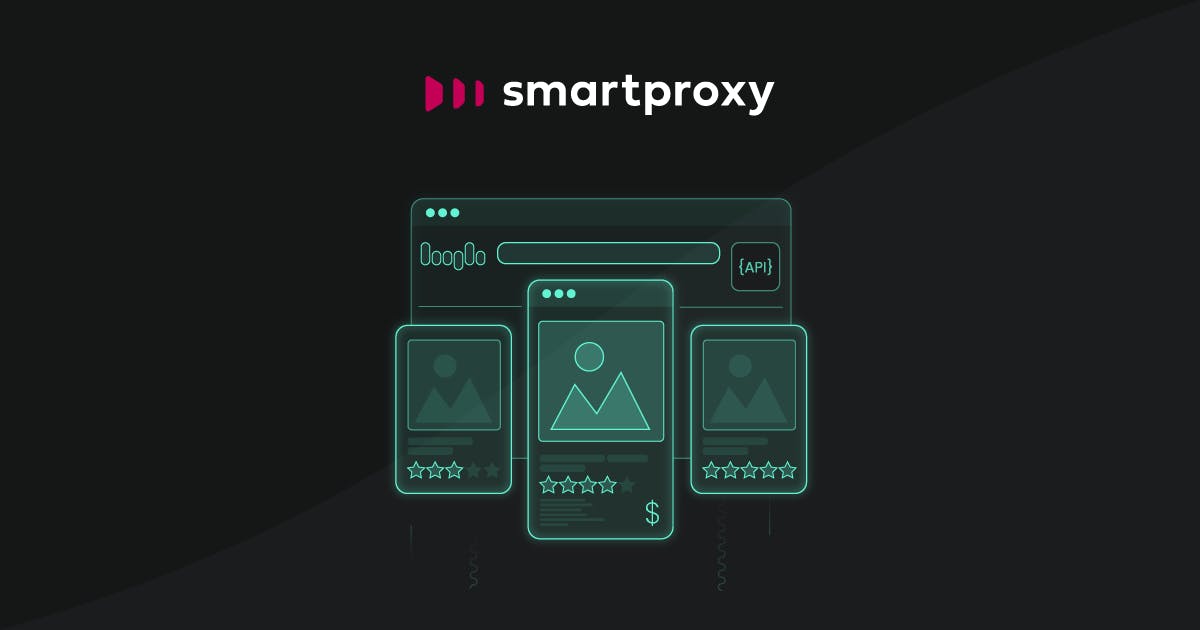

In this section, we will dive into the nitty-gritty of implementing Smartproxy’s API, making it a breeze for you to harness its power. First up, we’ll guide you on how to choose the perfect API endpoint, ensuring seamless integration with your existing infrastructure. Then, we’ll delve into the crucial topic of formatting API requests effectively, saving you time and headaches. So gear up, because by the end of this section, you’ll be a pro at implementing Smartproxy’s API like a true champ!
Choosing the Right API Endpoint
- Understand your specific requirements and use case for integrating with Smartproxy API.
- Review the available API endpoints provided by Smartproxy and their functionalities.
- Consider the data and resources you need to access and determine which API endpoint can fulfill your needs.
- Analyze the API documentation to understand the parameters, options, and limitations of each endpoint.
- Weigh the pros and cons of each endpoint based on factors such as performance, scalability, and security.
- Select the API endpoint that aligns best with your requirements and goals.
Choosing the right API endpoint will ensure efficient and effective integration with Smartproxy API, allowing you to maximize the benefits of their services.
Formatting API Requests
To ensure successful integration with Smartproxy API, follow these steps for formatting API requests:
- Firstly, make sure to use the correct API endpoint for the specific task you want to accomplish.
- Secondly, specify the HTTP method for the request, whether it is GET, POST, PUT, or DELETE.
- Include the required headers for authorization, content type, and any other necessary parameters.
- If applicable, include the request body with the relevant data in the format specified by the API documentation.
- Check for any additional formatting requirements or restrictions mentioned in the API documentation.
- Test your formatted API request using tools like cURL or Postman to verify that it returns the expected response.
- Lastly, handle any errors or error codes returned by the API gracefully and implement appropriate error handling and retries if needed.
Best Practices for Smartproxy’s API Integration
Looking to make the most out of Smartproxy API integration? In this section, we’ll dive into the best practices for seamless integration. From effective rate-limiting strategies to robust error-handling techniques, we’ll explore the key factors that can elevate your API integration game. Stay tuned to discover how to optimize your Smartproxy integration and unlock a world of possibilities!
Rate Limiting
Rate limiting is an essential aspect of API integration, ensuring fair usage and preventing abuse. It sets limits on the number of API requests that can be made within a certain time frame. Implementing rate limiting helps maintain system stability and prevents overload. It also promotes fair resource allocation among users.
A well-implemented rate-limiting strategy improves overall system performance and user experience. It safeguards against excessive API calls and potential security breaches. By monitoring and controlling the rate at which requests are made, rate limiting protects both the API provider and its users.
| Rate Limiting | |
|---|---|
| Purpose | Prevent excessive API requests and maintain stability |
| Benefits | Ensures fair resource allocation and prevents abuse |
| Implementation | Set limits on the number of requests per time frame |
| Importance | Improves system performance and user experience |
| Security | Protects against potential breaches and overload |
Rate limiting has become a standard API integration practice, positively impacting system efficiency and reliability.
Error Handling
When integrating Smartproxy API, proper error handling is of utmost importance to ensure a seamless operation and safeguard against disruptions. Here are some best practices for effectively managing errors:
– To promptly address and resolve issues, it is essential to implement a robust error logging mechanism that can capture and identify problems accurately.
– Utilizing error codes and messages is a recommended approach as it provides clear and concise information about encountered errors.
– In specific error scenarios, implementing retries can significantly enhance reliability and ensure a successful integration.
– Employing appropriate error response handling methods is crucial to promptly notify users about any issues and guide them on the appropriate actions to take.
– Monitoring error rates and patterns on a regular basis helps identify potential system enhancements and optimize the overall error-handling processes.
Make sure to incorporate these strategies for error handling when integrating Smartproxy API successfully.
Some Facts About Smartproxy’s API Integration:
- ✅ Smartproxy offers a Public API for accessing and managing proxies. (Source: Smartproxy)
- ✅ The API allows users to create, update, delete, and set traffic limits for proxy users. (Source: Smartproxy)
- ✅ Users can pull out reports for traffic usage and create or delete whitelisted IPs for authentication. (Source: Smartproxy)
- ✅ The API provides endpoints with ports and allows checking the status of the current subscription. (Source: Smartproxy)
- ✅ Smartproxy offers detailed API documentation and additional examples on their GitHub repository. (Source: Smartproxy)
Frequently Asked Questions
1. How can I simplify authentication for Smartproxy API integration?
The Smartproxy API provides an updated authorization feature that makes it easier for users to access all the features of the Smartproxy dash. With this updated authorization, you can make requests to the API faster, add a sub-user, or whitelist an IP in seconds.
2. How can I check the status of my current subscription using Smartproxy API?
With the Smartproxy API, you can easily check the status of your current subscription. The API provides the ability to filter and list all endpoints, including their ports, allowing you to retrieve information about your subscription status.
3. Can I terminate my contract or subscription through Smartproxy API?
Yes, you can terminate your contract or subscription using Smartproxy API. The API allows users to delete their subscriptions or endpoints, providing a convenient way to manage your account settings.
4. How can I set traffic limits for my proxy users using Smartproxy API?
With the Smartproxy API, you can easily set traffic limits for your proxy users. The API provides functionalities to create, update, and delete proxy users, giving you full control over their traffic usage.
5. How can I get whitelisted IPs for easier authentication using Smartproxy API?
Using Smartproxy API, you can effortlessly get whitelisted IPs for easier authentication. The API allows you to create and delete whitelisted IPs, providing a secure and efficient way to manage access to your proxy services.
6. How can I pull out reports for traffic usage using Smartproxy API?
Smartproxy API makes it simple to pull out reports for traffic usage. You can retrieve detailed information on traffic data, including traffic usage statistics, using the API’s reporting functionalities. This enables you to monitor and analyze your proxy usage effectively.
I’m Amine, a 34-year-old mobile enthusiast with a passion for simplifying the world of proxy providers through unbiased reviews and user-friendly guides. My tech journey, spanning from dial-up internet to today’s lightning-fast mobile networks, fuels my dedication to demystifying the proxy world. Whether you prioritize privacy, seek marketing advantages, or are simply curious, my blog is your trusted source.
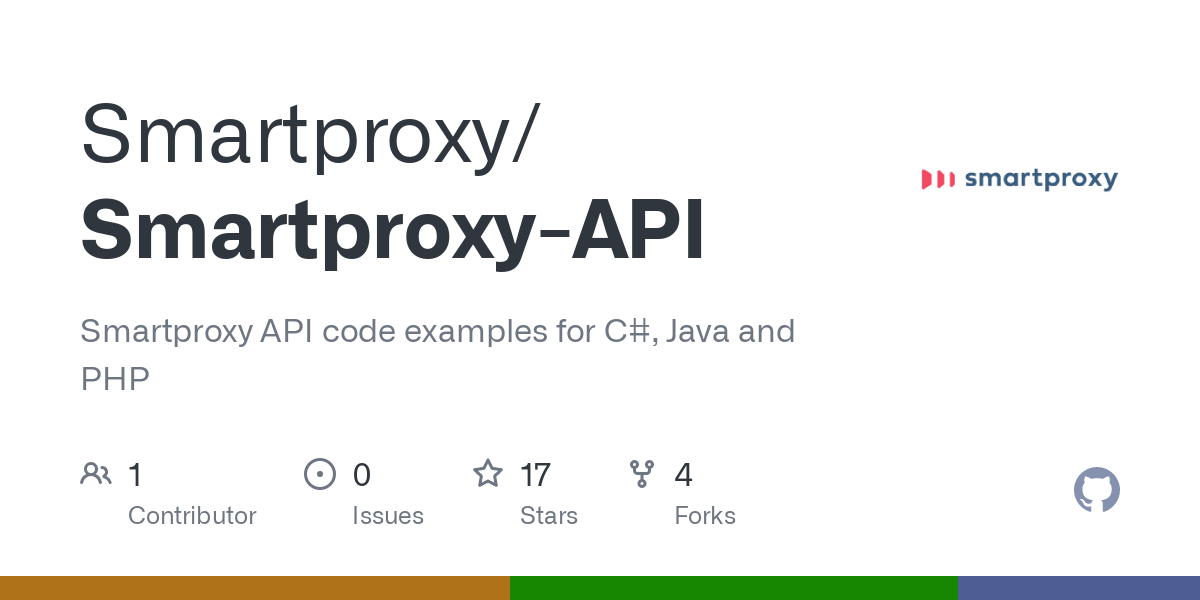

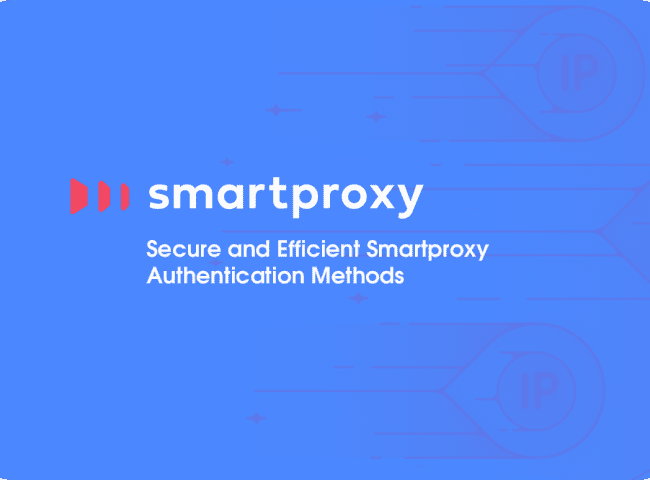
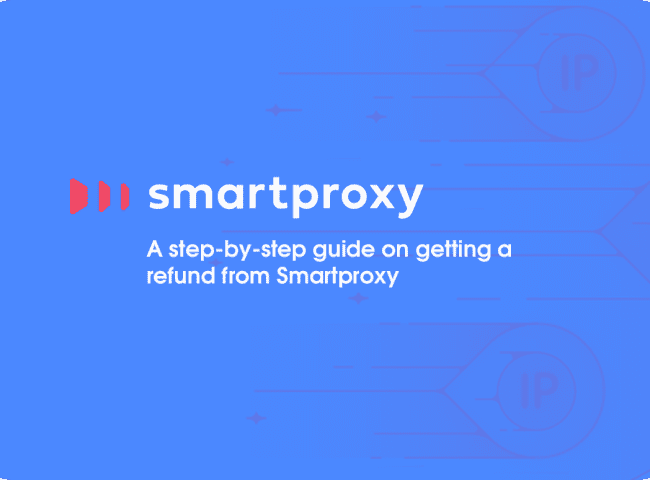
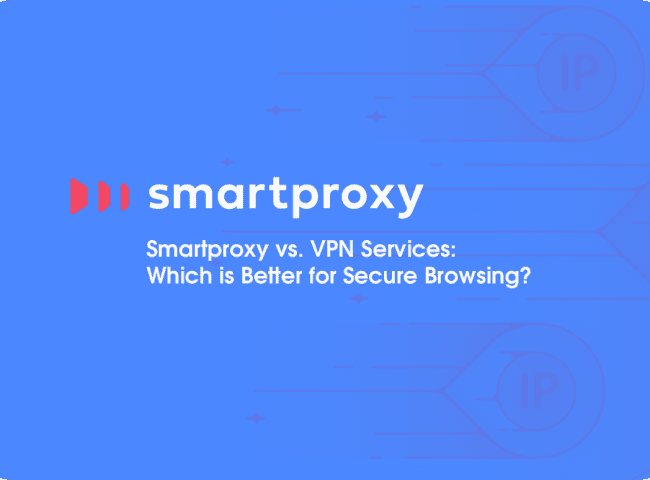

Leave feedback about this